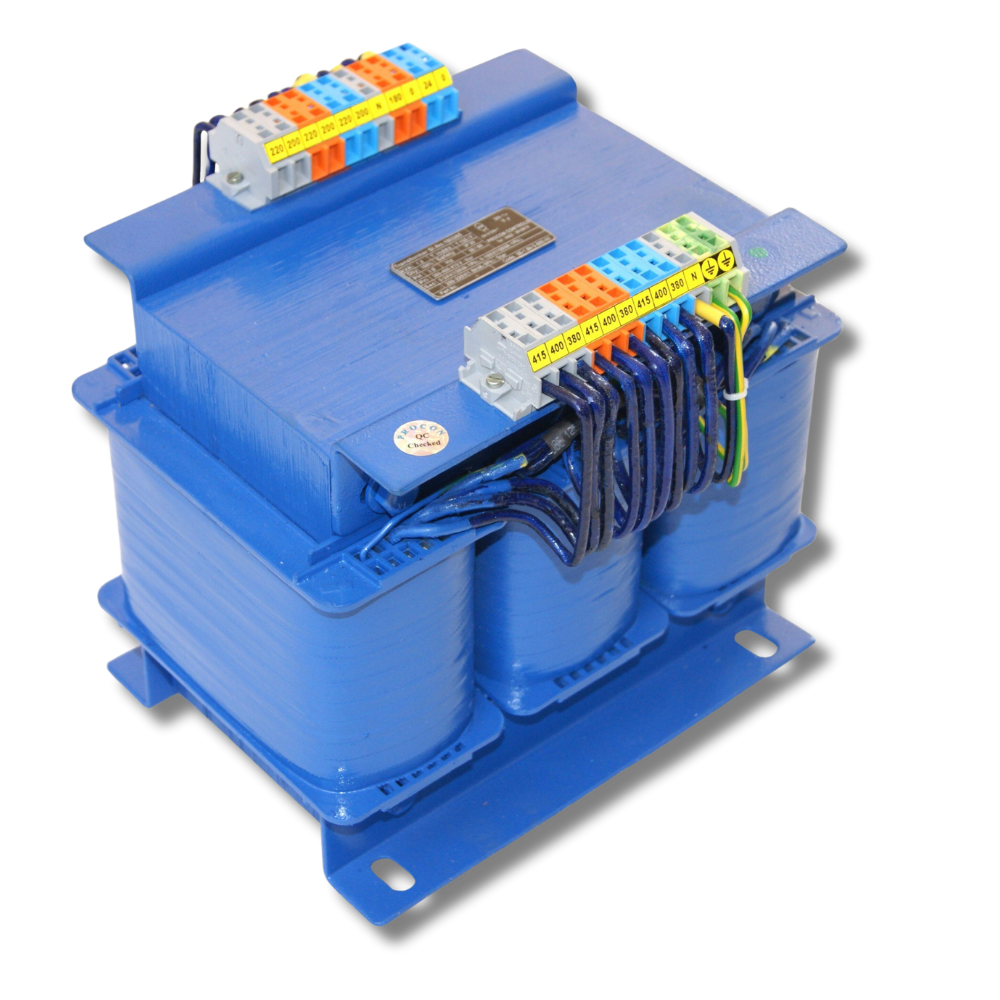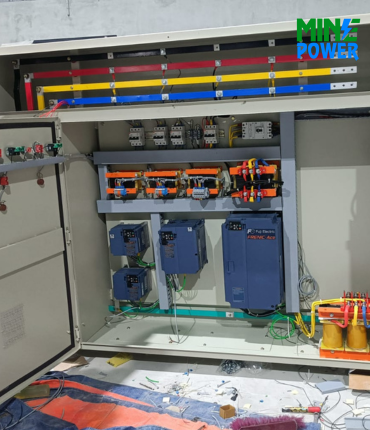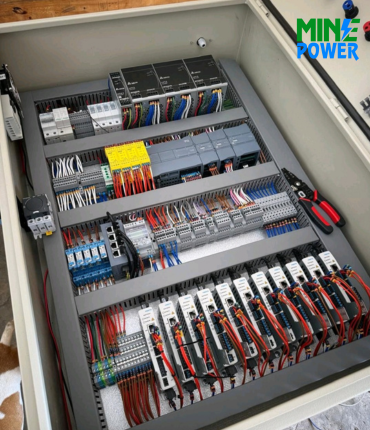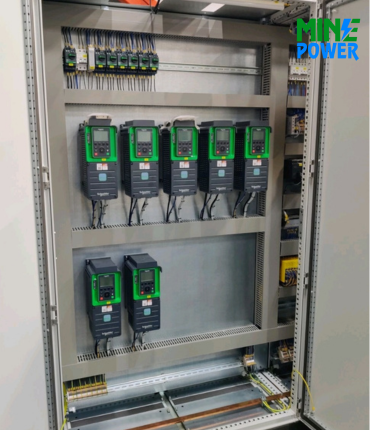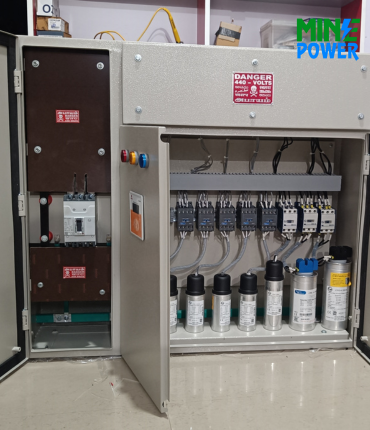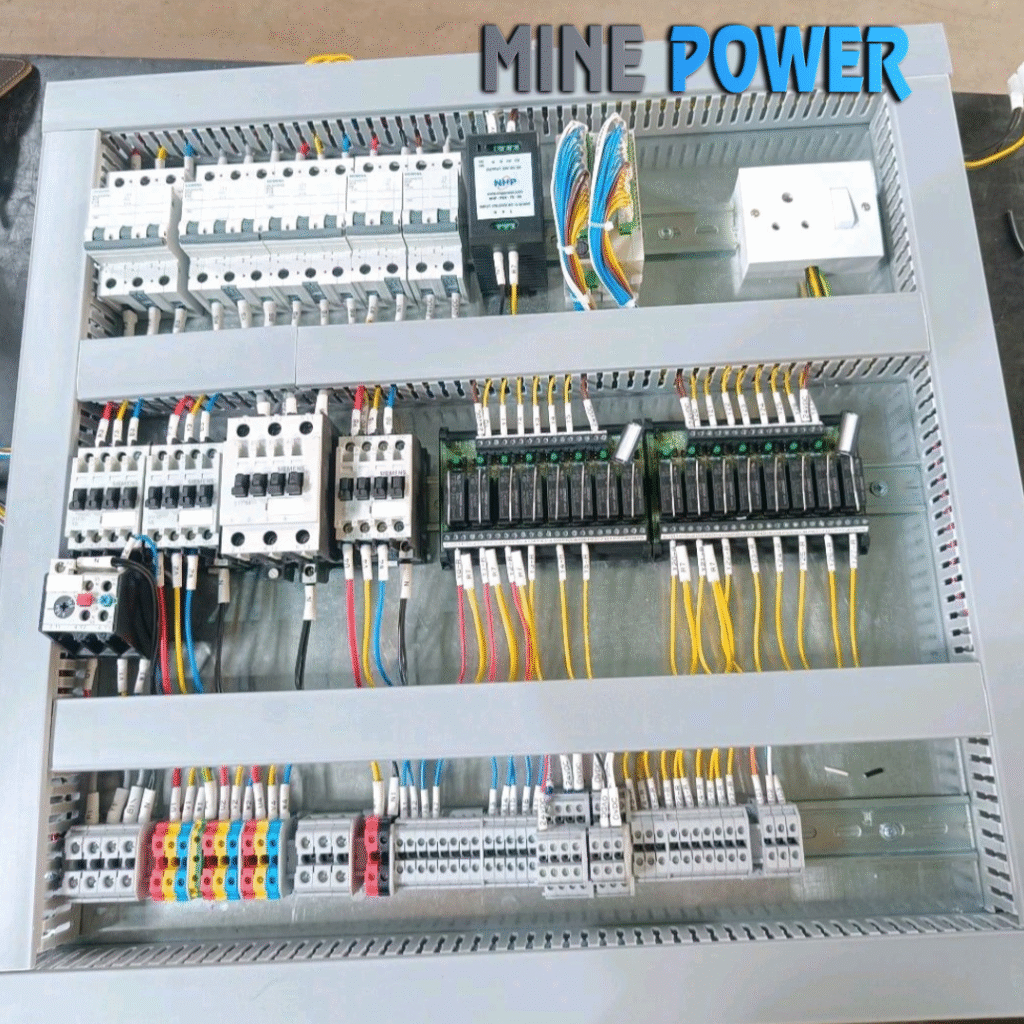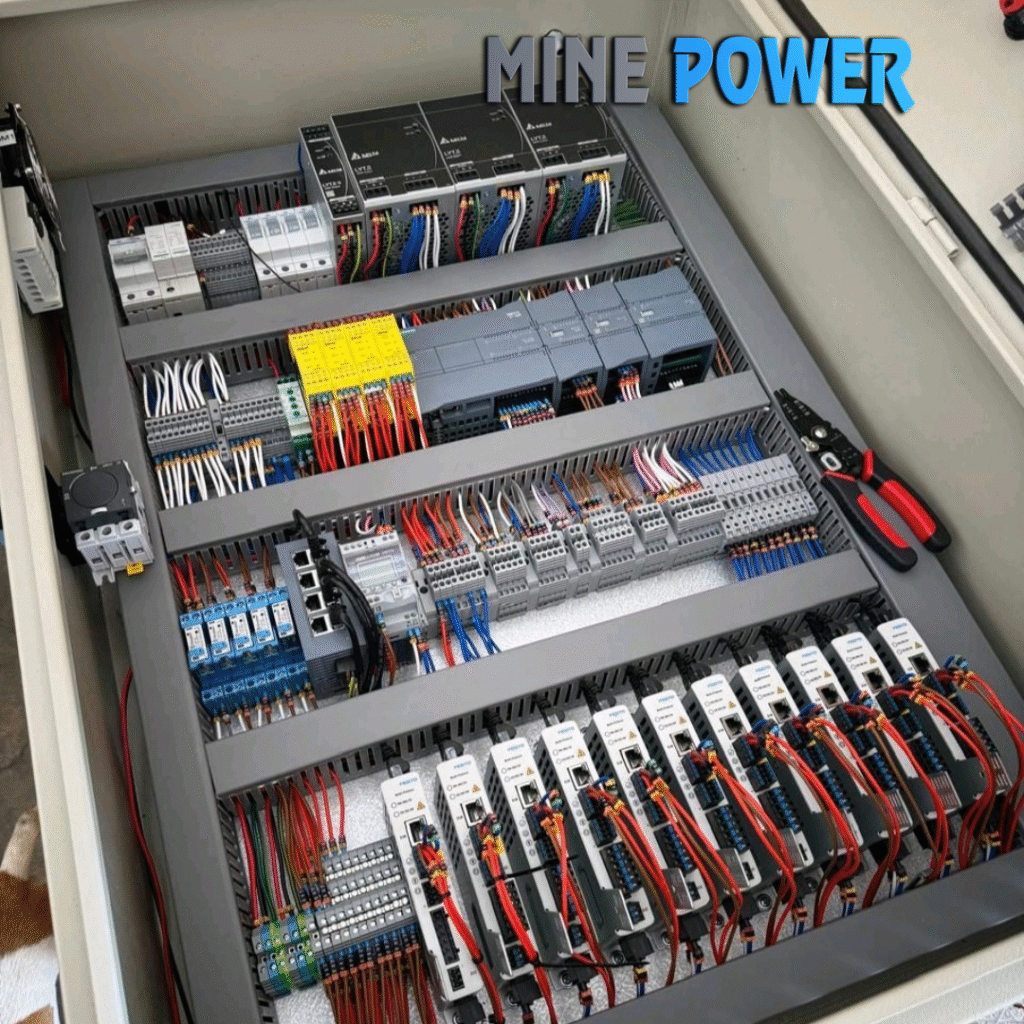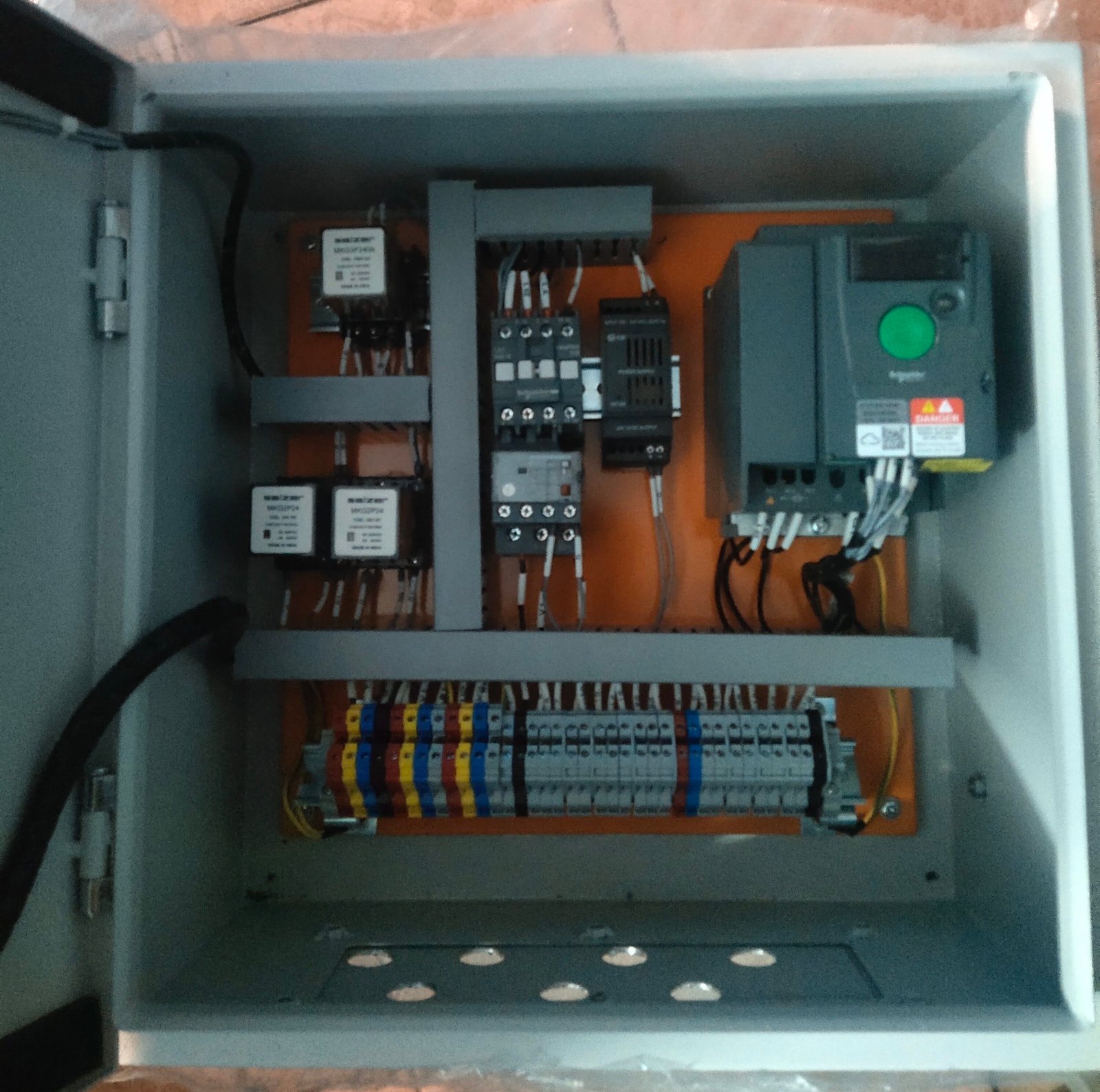The Control Transformer is specially designed to deliver stable and safe low-voltage power to industrial control systems. With high reliability, strong inrush withstand capacity, and efficient performance, it is an essential component for motor starters, PLC panels, and industrial automation setups.
Description
A Control Transformer is a step-down transformer designed to provide a stable and isolated low-voltage power supply for control circuits in electrical systems. It ensures reliable operation of contactors, relays, solenoids, PLCs, and other control devices, even under inrush or fluctuating load conditions. Control transformers are widely used in industrial automation, CNC machines, switchgear panels, and motor control centers.
Specifications
-
Input Voltage: 230V / 415V / 440V AC (custom options available)
-
Output Voltage: 24V / 48V / 110V / 230V AC
-
Power Rating: 50 VA to 5000 VA (or higher depending on model)
-
Frequency: 50Hz / 60Hz
-
Winding Material: Copper / Aluminum (as per requirement)
-
Cooling Type: Dry-type, Air-cooled
-
Insulation Class: Class B / F / H
-
Mounting: Panel, Floor, or DIN-rail mounting
-
Standards: IEC / IS compliance
Features
-
Provides constant and stable voltage for control circuits
-
High inrush withstand capacity
-
Low noise and low losses
-
Robust construction with epoxy resin impregnation
-
Long service life with minimal maintenance
-
Available in single-phase and three-phase versions
-
Customizable voltage and power ratings
Applications
-
Control panels & switchgear
-
CNC machines & machine tools
-
Motor control centers (MCCs)
-
PLC & automation systems
-
Robotics & industrial machinery
-
Elevators & lifts
-
Textile, plastic, and chemical industries
Advantages
-
Protects sensitive control devices from voltage fluctuations
-
Ensures reliable operation of relays, contactors, and PLCs
-
Provides electrical isolation between power and control circuits
-
Improves safety and reduces downtime
-
Energy-efficient and durable design
Disadvantages
-
Bulkier than electronic power supplies for the same rating
-
Requires physical space in the control panel
-
Higher initial cost compared to SMPS for low-power applications


